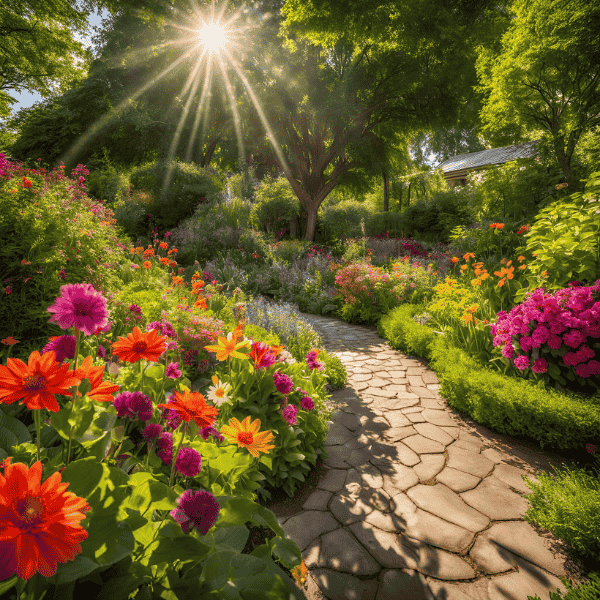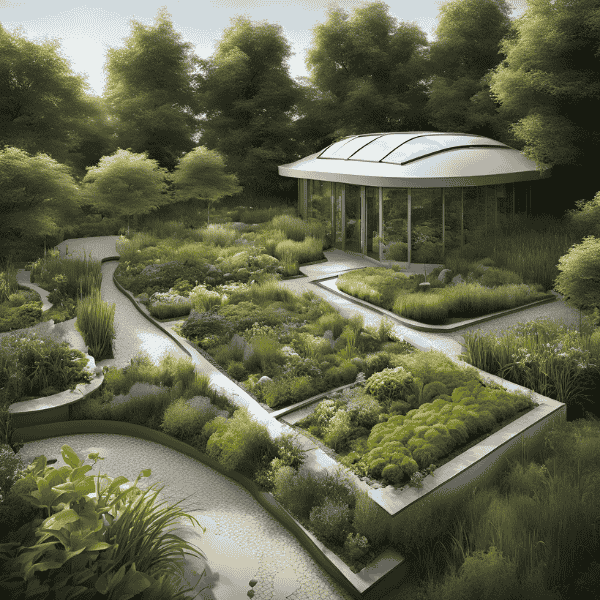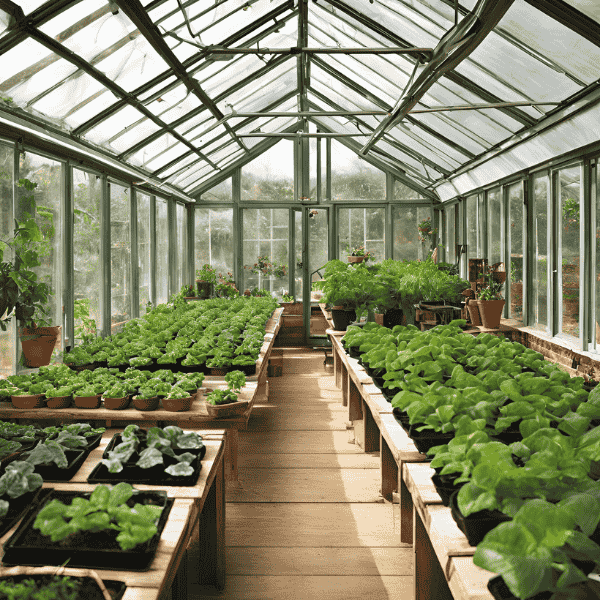How to Choose the Perfect Gardening Space
Finding the right spot for your garden is a blend of observation, planning, and creativity. The location you choose sets the stage for how well your plants grow, how much maintenance is required, and how enjoyable your gardening journey will be. Here are some key tips and additional insights to help you decide on the perfect gardening space.

1. Observe Sunlight Patterns
Sunlight is a gardener’s best friend. Most vegetables, fruits, and flowers need 6-8 hours of direct sunlight daily. Spend a few days observing how the sun moves through your space, especially in different seasons. Some areas might be shaded by trees or buildings during parts of the day—keep this in mind when choosing your location.
2. Test Your Soil’s Health
Soil is the foundation of any garden. Check its texture—does it crumble easily, or is it heavy with clay? Loose, fertile soil is ideal for plant growth. You can also use a soil testing kit to check for pH and nutrient levels. For less-than-ideal soil, raised beds or container gardening can help you start off strong.
3. Stay Close to Water
Watering your plants is one of the most frequent tasks in gardening. Position your garden near a water source to save yourself time and energy. If this isn’t possible, consider setting up rain barrels or investing in a long hose with a spray attachment to make watering easier.
4. Account for Wind Exposure
Areas with strong winds can stress plants, dry out soil, or even knock over fragile seedlings. If your chosen spot is windy, add windbreaks like hedges, fences, or taller plants to shield your garden.
5. Think About Drainage
Good drainage ensures your plants’ roots stay healthy. Avoid areas where water pools after rain, as soggy soil can lead to root rot. If you’re limited on options, creating raised beds or improving soil structure with organic matter can help address drainage issues.
6. Accessibility and Visibility
Gardens that are easy to access are more likely to be tended to regularly. Choose a location close to your home or in a spot you pass frequently. A garden within sight of your kitchen window or patio can also be a source of daily joy and inspiration.
7. Start Small and Plan for Expansion
It’s tempting to dream big, but starting with a manageable size ensures success, especially if you’re a beginner. Leave room for future growth—whether it’s adding a trellis for climbing plants, a small greenhouse, or additional rows for new crops.
8. Consider Microclimates
Certain parts of your yard may have unique conditions—like a warmer corner protected from frost or a cooler, shaded area perfect for delicate plants. Use these microclimates to your advantage when planning your garden layout.
9. Check for Wildlife
If you live in an area with wildlife like rabbits or deer, choose a space where you can easily install barriers, like fencing or netting, to protect your plants. Even small creatures like squirrels can wreak havoc on your garden.
10. Aesthetics and Harmony
Your garden should enhance the beauty of your outdoor space. Consider how it will look throughout the year and how it fits with your home’s design. Incorporate features like pathways, borders, or even decorative elements to make it a space you love.
11. Prioritize Safety
If you have kids or pets, make sure the garden is a safe zone. Avoid areas with sharp tools or toxic plants nearby, and consider adding a barrier to keep little ones from wandering into sensitive planting areas.
Final Thought
Choosing the perfect gardening space is as much about practicality as it is about personal preference. By balancing sunlight, soil, water access, and aesthetics, you’ll create a garden that not only thrives but also becomes a cherished part of your daily life. Start small, dream big, and let your garden grow alongside your passion!



